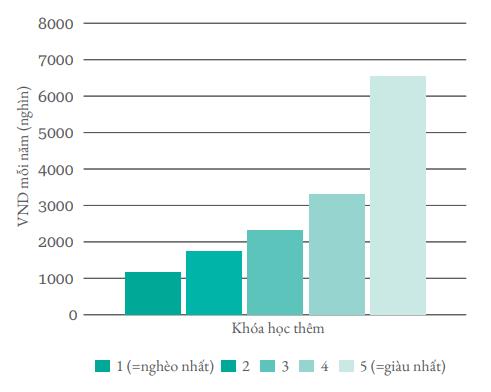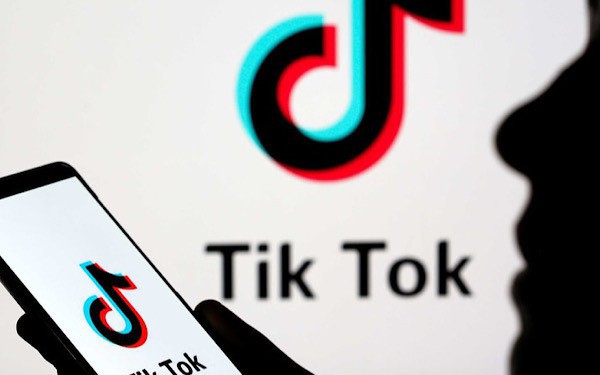The group of rich households spends nearly 5.6 times more on private lessons than the poor group
According to the World Bank, the rate of completion of education varies by household characteristics, especially ethnicity and economic status (measured by per capita household expenditure by quintile). ). Personal expenditure on education varies considerably by family background, even across levels of compulsory education in public schools.

Household spending on private tutoring at compulsory public schools, by household quintile in 2020. Source: World Bank
In 2020, households in the richest quintile spend 5.6 times more on private tutoring for children in public primary and lower secondary schools than households in the poorest quintile. . Specifically, households in the richest quintile each year spend nearly 7 million dong on private tutoring at all levels of compulsory education at public schools, twice as much as quintile 4. The poorest quintile spends just over 1 crore. million VND/year for additional study.
According to the World Bank, Kinh people spend seven times more on education than ethnic minorities. At the upper secondary level, the gap is even greater as spending on private tutoring by the richest quintile is 10 times higher, and up to 80% of children in this quintile attend until their early 20s. .
Explaining this disparity, the World Bank report says that differences in household finances are the most consistent explanation for most of the disparity in age-appropriate school completion rates for children in different backgrounds. different scenes. In terms of education level, household financial situation plays the largest role in whether children complete higher education at the right age.
The link between student learning and household characteristics is well established in both developed and developing countries by the disparity in children’s academic performance between socioeconomic status and socioeconomic status. high and low union. In Vietnam, the educational outcomes of children compared with their parents appear to be similar, which suggests there is little economic upward mobility between generations.
at Blogtuan.info – Source: cafebiz.vn – Read the original article here



